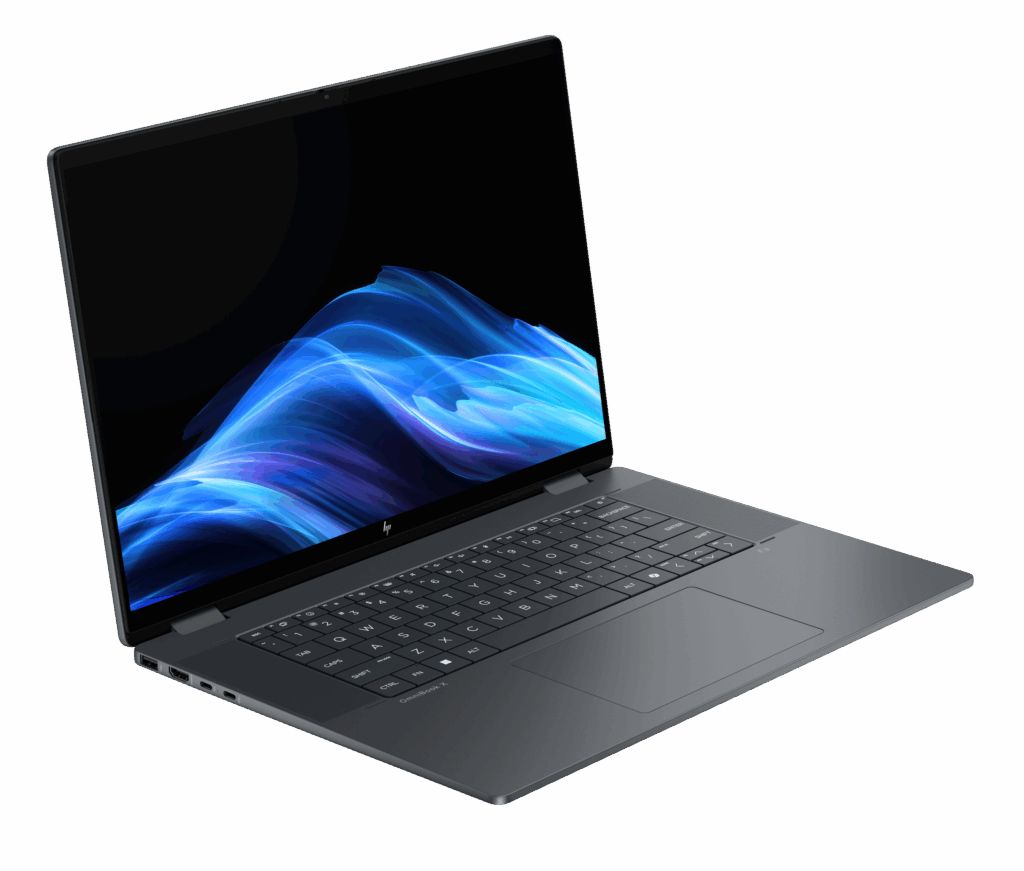As Gen Z-aged professionals get established in the job market, their impact on business practices is becoming more apparent. Their support for better work-life balance, skill building, and social causes is pushing employers to reshape their operations in a number of ways.
Gen Z’s impact will extend to business processes over time. According to Gartner, Gen Z’s comfort level with digital technologies bodes well for the future of hyper-automation in the supply chain. As Gen Z’ers start to move into leadership jobs in the late 2020s and early 2030s, they’re expected to accelerate moves to automate supply-chain decision-making and coordinate tasks to drive innovation.
The same should happen across all industries – at all levels. Today’s young professionals’ tech-savvy natures and support for new and creative ways to streamline their work methods should encourage companies to take steps to build automation tools into their tech stacks. This will rapidly accelerate time to value, to find better ways to solve business problems by domain experts, not just the tech-savvy coders.
There are, of course, many factors driving the steady adoption of process automation. Businesses are embracing automation as a means to an end – to do things like save time, reduce costs, minimize errors and create auditable records. Putting it all together, automation contributes to businesses’ larger goals of increasing operational efficiency and improving the quality of their customer and employee experiences.
But Gen Z’s influence should be a particularly important factor. It’ll help to accelerate a process orchestration trend that was already gathering steam.
Demanding more automation
The next generation is going to demand more automation in the workplace for several reasons. One is that younger workers look at work differently than their older counterparts. Veteran workers are more apt to accept difficult processes as the standard way of doing things because they maintain, that’s the way the company has done it for years. Gen Z, by contrast, has a lower tolerance for manual, legacy processes. Younger workers are more willing to challenge the status quo to look at solutions that save time and are easier to navigate. They’re inherently looking for ways to do things more productively for the company, like automated tasks rather than doing them by hand.
A universal mandate today is to create a better experience for all stakeholders inside and outside companies themselves. This certainly extends to the workplace. The fact that Gen Z workers have grown up in an on-demand, digital culture where smartphone and web apps simplify every task they encounter gives them an expectation that workplace processes should operate in an intuitive fashion. No one appreciates having to navigate a complex ERP system anymore. By automating as many tasks as possible, organizations can create better experiences for employees.
The appeal of process automation is also in the intuitive way applications can be developed. Many development tools on the market today utilize a combination of code and drag-and-drop technologies. This allows developers of all skill levels to visualize processes and assemble them. Using the open-source standard BPMN (Business Process Model and Notation), developers can create flow-chart diagrams to describe how business processes and workflows are executed, step by step.
This is right in Gen Z workers’ wheelhouse. Professionals in their young 20s have been using visual models for years in video games and computer models. They grew up coding before they even realized that that’s what they were doing. Being able to visualize work scenarios and then codify them in block diagrams gives them the ability to create functional models in an afternoon, if not a matter of minutes.
It’s a small leap for them to envision and create workplace processes using connectors to a wide variety of systems and devices.
The tools that create process automation flows may be intuitive, but real-world, mission-critical processes are much more complex. That’s because one business process invariably influences and connects to many others. Processes themselves span many different types of endpoints – everything from business rules to RPA bots, microservices, work done by people, and various types of legacy and homegrown systems.
This poses a challenge for any generation, including Gen Z. To retain control over complex and interrelated processes, enterprises need to embrace an emerging concept called process orchestration.
Coordination of tasks
Process orchestration is the coordination of individual business tasks that span people, systems and devices. Tasks are coordinated via visual diagrams, and process instances are executed by a workflow engine. Using the knowledge of knowing what happens next helps to understand what went wrong and where while making sure the right thing happens at the right time.
Younger workers’ familiarity with modern technology tools and systems gives them a head start using the tools developers tap to create orchestrated sets of business processes.
Gen Z’ers have embraced the concept of connectivity, where multiple systems connect to each other using intuitive tools. They connect social apps to each other, triggering workflows that, for example, take pictures, save them, pull in outside information, edit them, package them, publish them and share them.
Their use of collaboration tools extends far beyond basic Facebook and Instagram shares. They’ve been sharing Google docs all through high school and college. And in their spare time, they use tools like Doodle to manage their social lives. Doodle’s poll-taking feature instantly settles dinner debates (pizza, Mexican, ramen, Thai?) and the online scheduler mobilizes a group to set a meeting time.
Then there’s productivity. Young teens who master Google Classrooms’ web flows learn task management at an early age. They effortlessly submit homework online, get it checked, chat with teachers, follow up on feedback, set alerts, and tap outside information resources. To see my own 12-year-old daughter outpacing the technology adoption of my colleagues two to four times her age is inspiring.
Driving the changes to fruition
Process orchestration allows for a level of abstraction on top of the tools we use today to streamline the ways we work. Gen Z is motivated to push the automation agenda. And, just as important, its workers have the skills organizations need to picture the changes ahead and drive them to fruition.
- Why Gen Z is Well Positioned to Drive a Move to Process Orchestration - September 16, 2022



